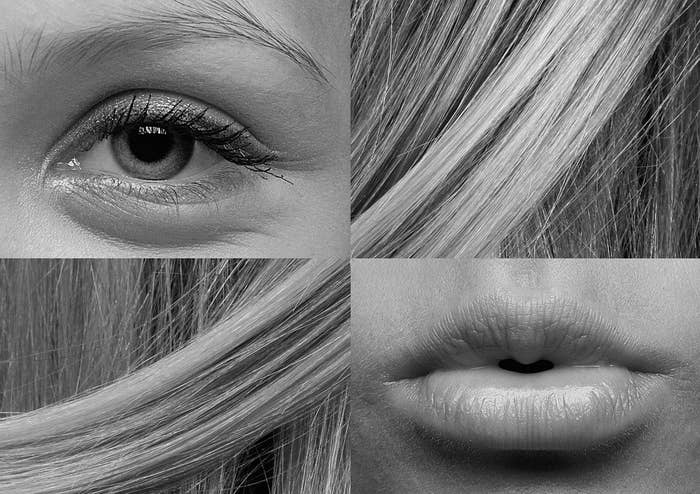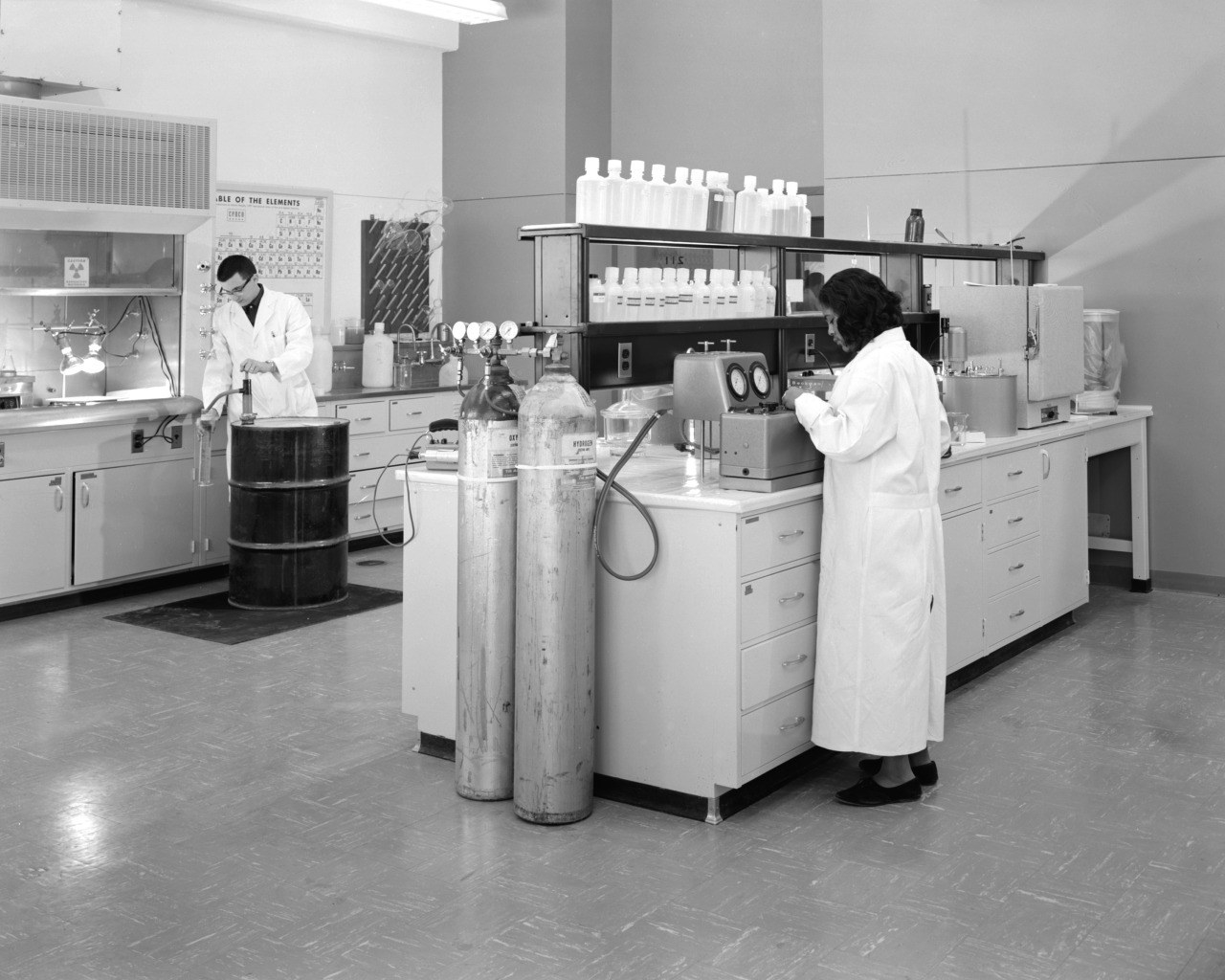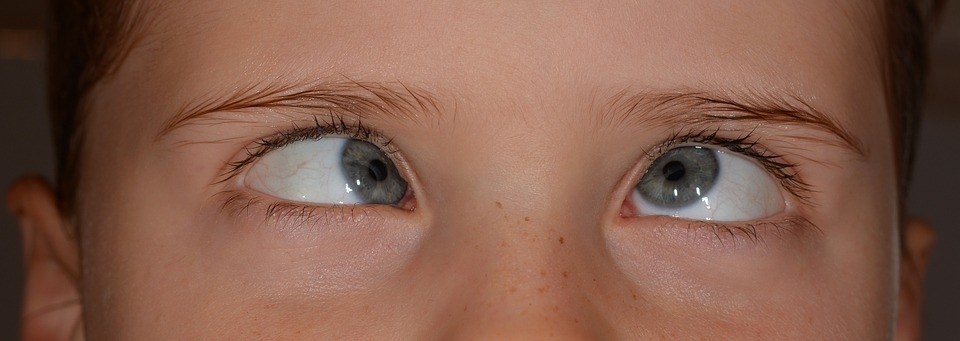
You exercise to tone your legs, stomach, arms and back. You use facial creams, serums, and ointments to erase wrinkles, tone and firm. So why not combine the two?
That’s exactly what the new trend in anti-aging and exercise is doing. Why shouldn’t we be able to exercise it to maybe prevent, or better yet reverse, the revenges of time and environmental stressors?
Face Yoga History
Some plastic surgeons and dermatologists scoff at the idea that facial exercise is the fountain of youth, citing the fact that one gets wrinkles from moving skin not from loss of elasticity in muscles.
This fails to recognize that traditional yoga practices were more then what we think of today as a great way to strengthen, tone and in some cases sweat. It was/is a complete lifestyle intended to increase strength, flexibility and youthfulness throughout one’s natural lifespan by creating balance and harmony within and without.
The idea is to release tension in those areas we tend to put needles, to learn how to relax the face and become more aware allowing for better blood flow and circulation.
But even though Yogis have been practicing the art of facial exercise for thousands of years it isn’t the practices only claim to fame.
The first “commercially” available facial exercise routine was released as a pamphlet in 1710 by Jeanne Sauval who was the personal attendant of the routine’s creator Anne “Ninon” de Lenclos who died five years prior. A fiercely independent and notorious woman of her time was a renowned beauty.
“Exercising In Bed” by Sanford Bennett came out in the early 1900s claiming that the secret to health and the longevity of life was the strength and elasticity of body and it included a number of facial exercises.
Some claim that it was Cleopatra herself who first introduced facial toning to the “civilized world”!

The Science Behind the Face
Now that we’ve had our tid-bit of history how about we move on to science?
Maybe you’d like to hear that the benefits of facial exercise is a scientifically proven method of reducing fine lines and wrinkles, but the truth is despite the rise in popularity little actual scientific study has been done using controlled focus groups.
Most face exercise connoisseurs will tell you that the proof lies in the results. Do five minutes a day for a month and you’ll have your proof. Yet there remain skeptics.
So why don’t we put youth and skepticism aside for a minute and replace it with scientific logic.
There are 43 muscles in the face. Under the skin lies the subcutaneous layer of fatty tissue, as you age it weakens and the loss of the layer contributes to loss of firmness.
Your muscles are attached to your skin (in fact they are the only muscles in the body that are) and bone creating a web-like shape that makes up your face.
These are just the facts. From which you can derive how facial exercise could be considered a no-brainer. We work our bodies to reduce size and increase function and appearance why wouldn’t it be possible for face targeted therapy to do the same?
This brings us to a deeper science and life benefit of the practice of facial exercise; Myofunctional Therapy.
What is Myofunctional Therapy?
In Speech Therapy oral exercises are often a contributing factor in patient recovery. Though it is often times contested that the actual effectiveness of such exercise is lacking.
In order to increase strength, all exercises must be done consistently, against resistance, and typically until failure (the same way you strengthen muscles when you go to the gym).
Myofunctional Therapy is the “neuromuscular re-education of oral and facial muscles. Rising out of orthodontics and later motivated and honed by individuals from speech-language pathology, the practice is unique in its life-enhancing befits.
Teaching behavior modification techniques that are set up to promote proper tongue position, improved breathing, chewing and swallowing. Proper functional head and neck postures are also addressed.
Many common ailments are said to benefit from such therapies including (but not limited to)
1. Allergies
2. Snoring
3. Frequent Headaches
4. Food Texture Sensitivities
5. Neck and Jaw Pain
6. TMJ
7. Poor digestion
Just to name a few. If done every day, it can significantly decrease sleep apnea by 50% in adults and 60% in children, it’s considered maybe the most profound therapy available for the treatment of mild to moderate sleep apnea
This evidence based treatment has been around for over 30 years but has been underutilized in the US. In Brazil plastic surgeons go hand in hand (Pun delightfully intended!) with trained orofacial myofunctional therapists to work with the muscles pre-op.
It’s basically physical therapy for the tongue, facial muscles and oropharynx to tone breathing, to clear airways and retrain dysfunctional muscle patterns. The patients learn to breathe correctly, the proper resting positions of the tongue, and body posture. Unblocking nasal passages as they retrain dysfunctional muscle patterns, strengthening, mobilizing and toning to aid in proper breathing technique.
90 -100% report consumer satisfaction with all aspects of their treatment program.
Example of Tongue Thrust exercises (as well as some Before and After):
Open your mouth as wide as you can, and touch the tip of your tongue to you upper teeth or to the front of the palate. Do this for 3 to 5 seconds, and repeat 5 to 10 times.
Again, open your mouth and touch the tip of your tongue to the back of the roof of your mouth. Keep your tongue back for 3 to 5 seconds, and repeat 5–10 times.
Stick your tongue out as far as you can, and leave it there for approx 10 seconds. Do this 5 to 10 times.
Bring the tip of the tongue to the very back of the roof of your mouth, and keep it there for about 10 seconds. Repeat this exercise 5 to 10 times.
Move the tip of your tongue across the roof of your mouth from the very front (just behind your upper teeth) to the very back (to where the soft palate is located). Do this 10 times, bringing it as far back as possible each time. Repeat the exercise 5 to 10 times.
The idea of facial exercise as a way to improve one’s health and appearance is by no means a new one. One that holds more water than the lack of research would have you believe.
So can you alter facial contours by means of increasing muscle tone and facial volume by promoting muscular hypertrophy, and preventing muscle loss? The Journal of Geriatric Dermatology reports that eight weeks’ of facial exercise increases muscle strength by 250%, skin tone/firmness by 32.5% and blood flow by 10%.

Beauty and Brains
When it comes down to facts and fades one really has to weigh one against the other. Logically it would seem to make sense that a little extra facial attention when it come to exercise and tension could make all the difference in appearance and even self esteem.
As a society we tend to affiliate “beauty” with youth: glowing healthy skin, pink and plump cheeks, full lips and defined necklines. All the things that facial yoga claims to aid and reclaim.
Will it erase wrinkles? Well the jury’s still out on that one, but slimming, trimming and retraining your face in a way that can erase double chin and help to contour you natural structure seems a very real, even proven possibility.
So why not make a face and see for yourself?

